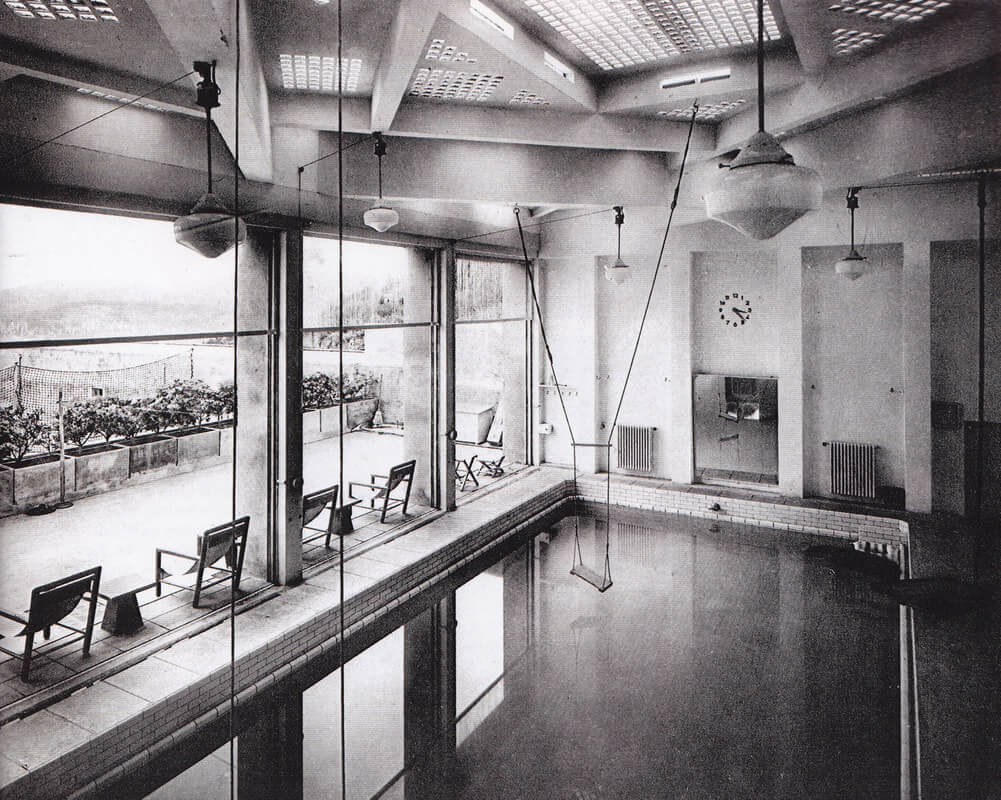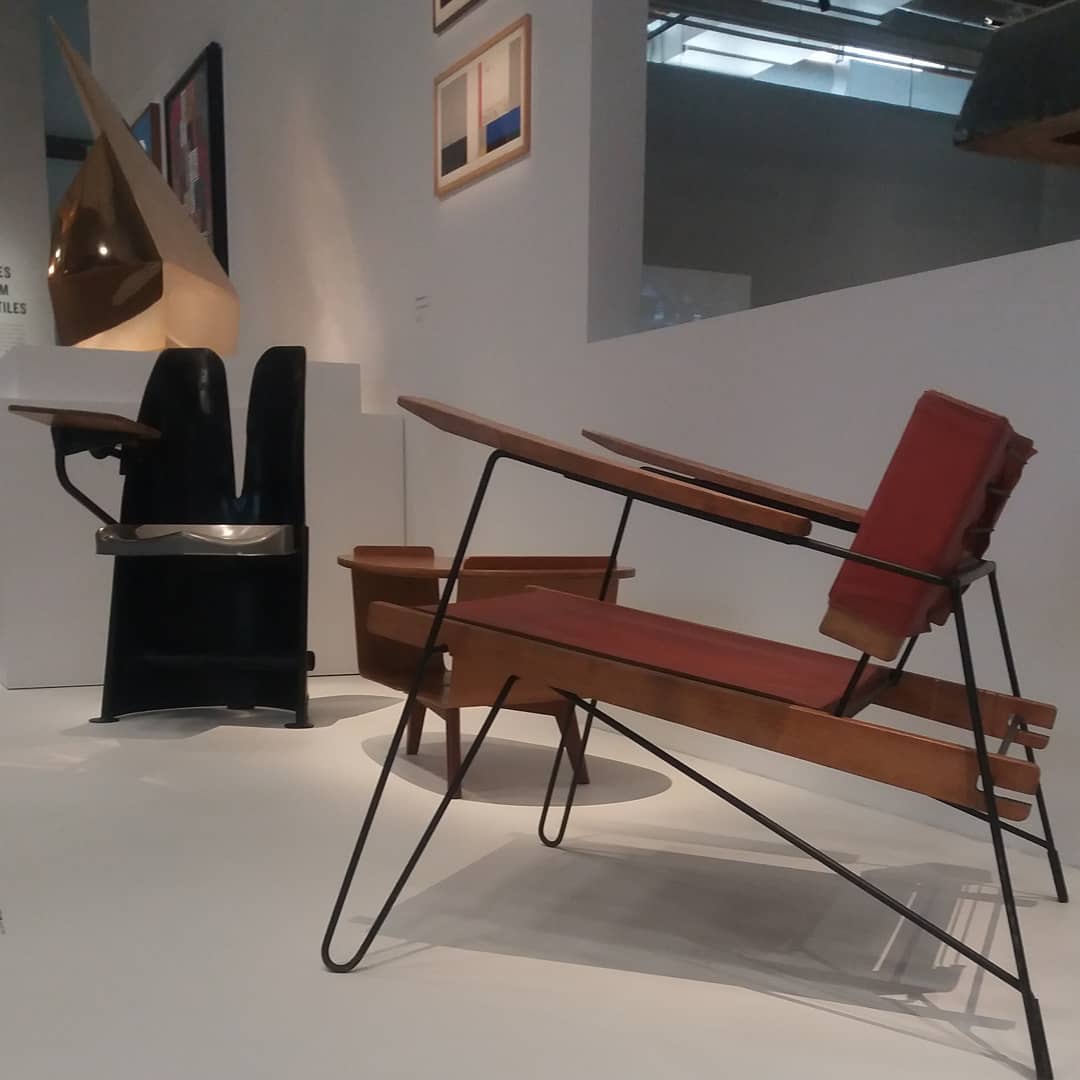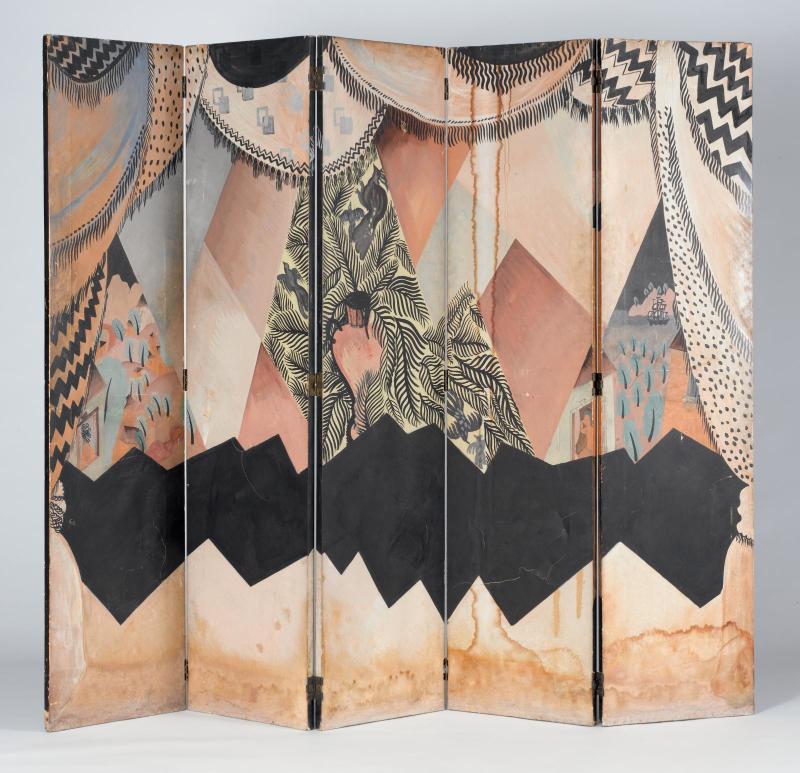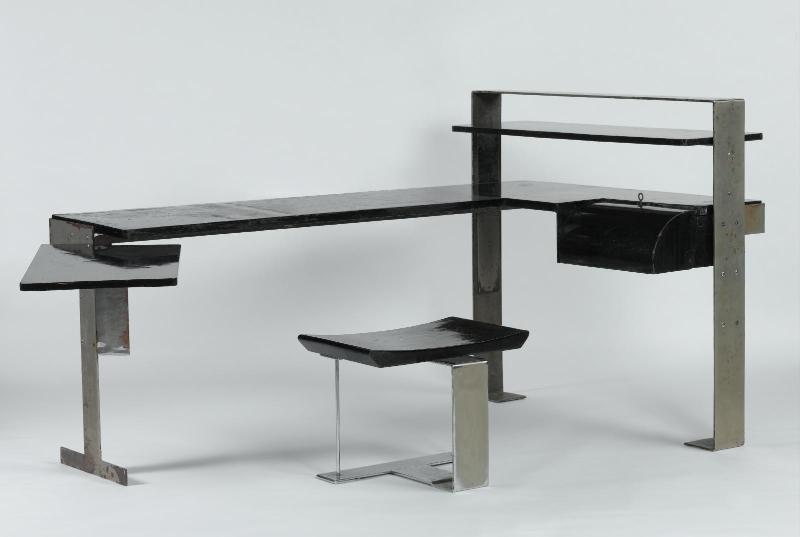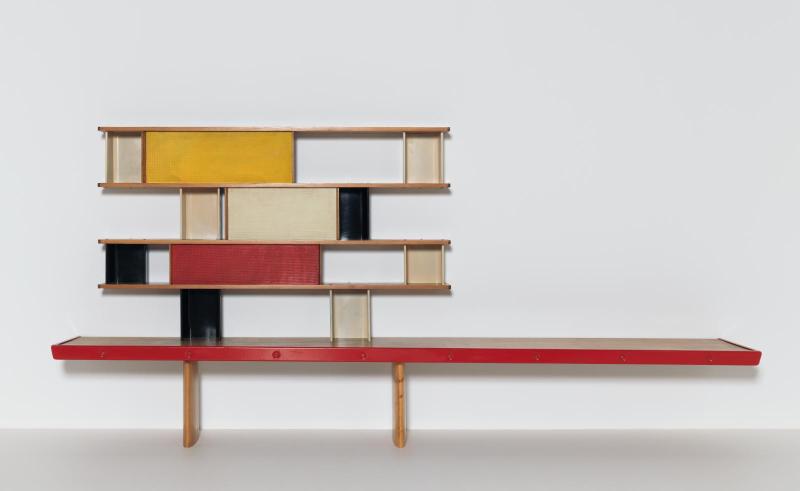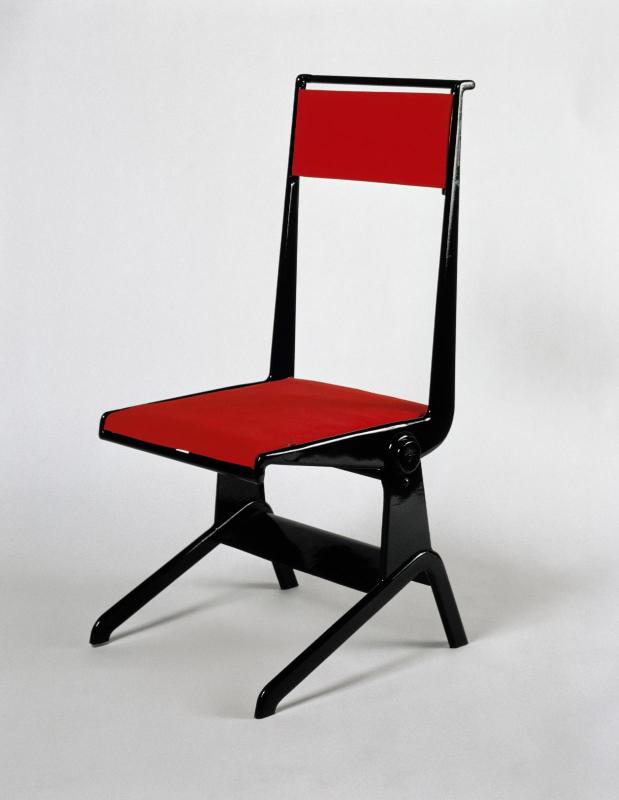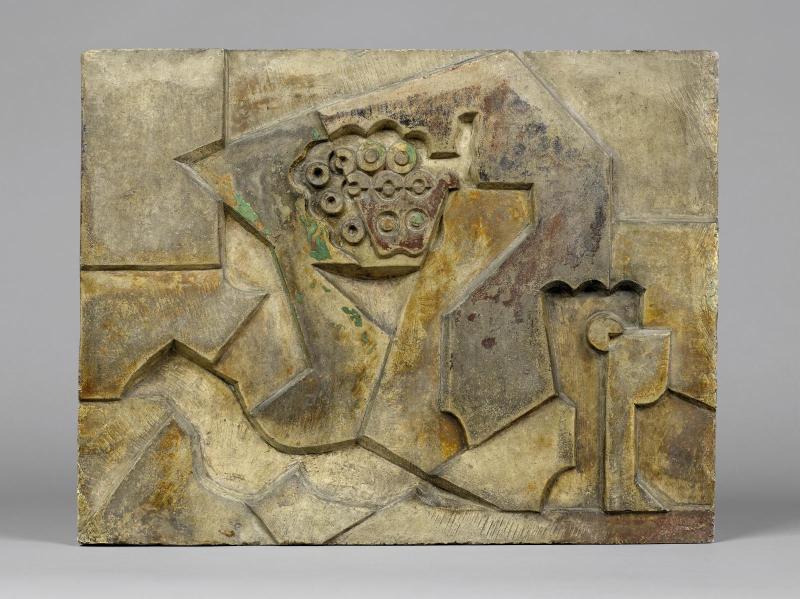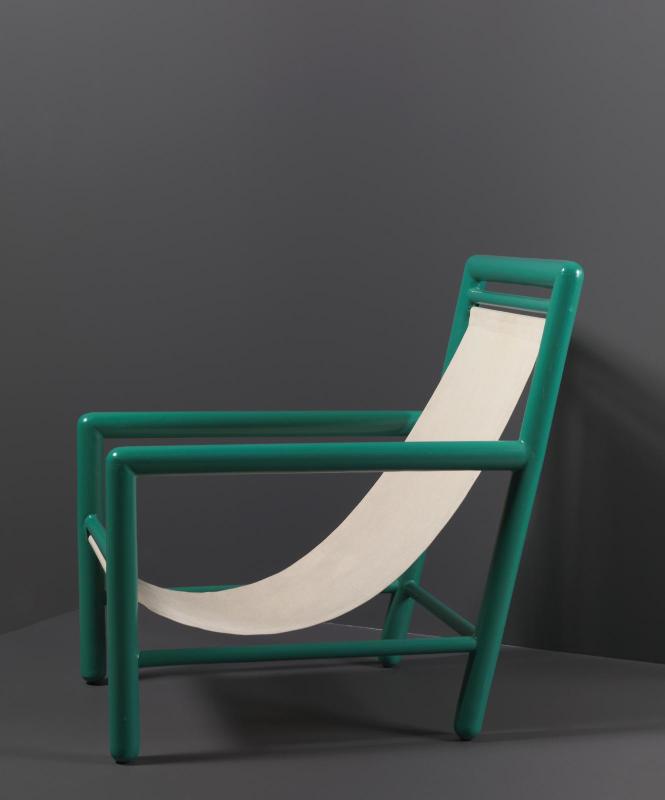When all French fell in love with Art Moderne, known today as Art Deco, a few avant-garde designers and architects, including Le Corbusier, Mallet-Stevens, Eileen Gray, Charlotte Perriand, René Herbst and Pierre Chareau decided to form an association of those radicals rejecting the popular decorative style. It was called the UAM (Union of Modern Artists), it had come to define French modernism, and was its cradle. The association, which was founded in 1929 and was active until 1959 is the subject of new and fascinating exhibition at the Centre Pompidou ‘UAM: Une aventure modern.’ While Art Deco heavily relied on the past and on handcraftsmanship, the UAM promoted machine-age aesthetics, and a break from history. Its manifesto called to ‘rise up against everything that looks rich, against whatever is well made, and against anything inherited from grandmother.’ Their interiors were designed with concrete and glass, their furniture in steel and Plexiglas, and they all promoted a new lifestyle. The UAM marks one of the more intriguing chapters of the European Modern Movement, and the exhibition examines its evolution by presenting its activity in a chronological order, while discovering a pivotal moment in the history of design. It is open through August 27th. Above: Photo of Le Château des Noailles à Hyères (1929) by Man Ray.

